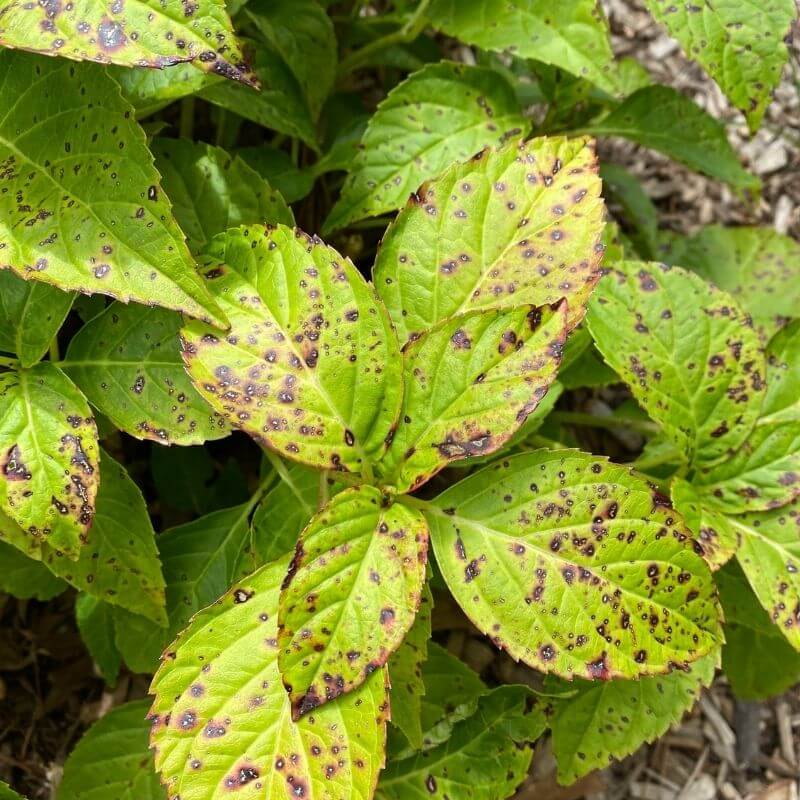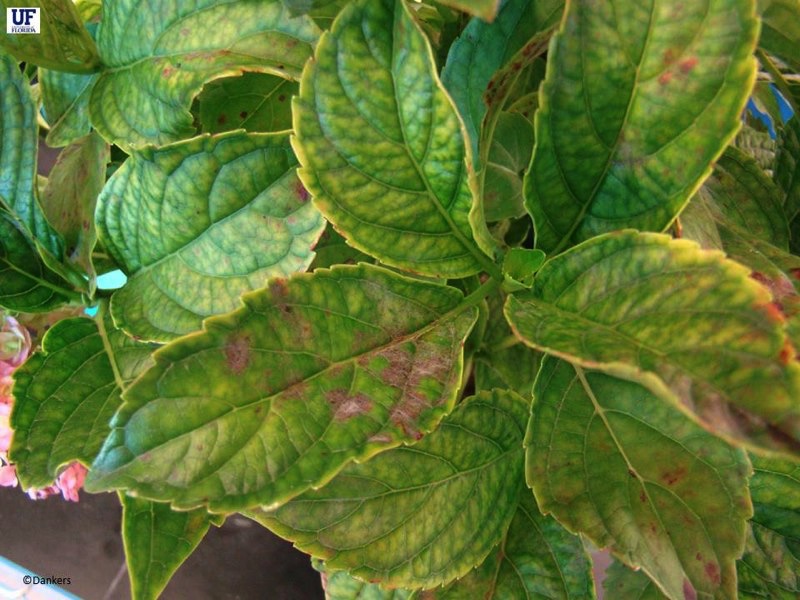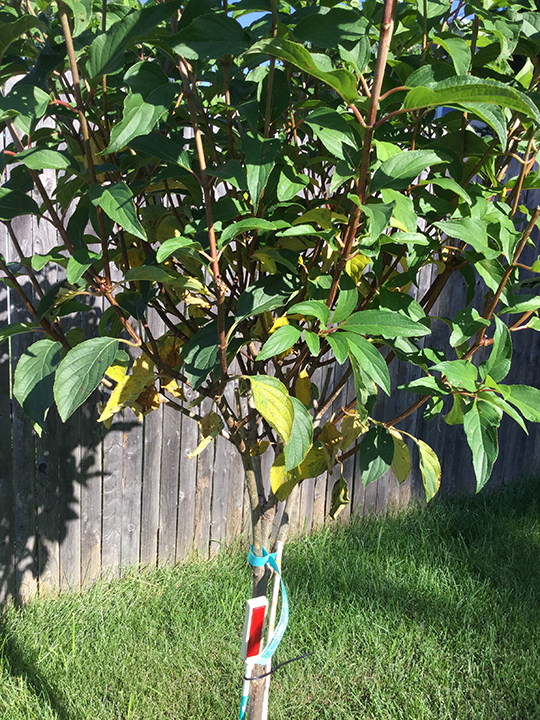Hydrangea Leaves Turning Yellow - An Overview
The Main Principles Of Hydrangea Leaves Turning Yellow
Table of ContentsHydrangea Leaves Turning Yellow for BeginnersHydrangea Leaves Turning Yellow for DummiesHydrangea Leaves Turning Yellow Fundamentals ExplainedWhat Does Hydrangea Leaves Turning Yellow Do?
These concerns are easy to identify and take care of if you take steps before origin rot embed in. A wetness meter can aid guide you to the best approach of correction (Hydrangea Leaves Turning Yellow). Big leaves typically look saggy during the afternoon heat. When they stop working to cheer up at night or still look shrivelled in the early morning, your plant can be overwatered.Get rid of the plant from the dirt and prune out any roots that aren't white and turgid (plump). Replant in a new area or function some sand right into the dirt for far better drainage.
Include a bit of distilled water, stir the components, and drain the additional water. Put a p, H screening strip in and wait for an analysis.
The very best means to do that is with soil changes. Sphagnum moss or peat moss protects against the soil from condensing and betters soil water drainage while also elevating the soil's acidity. You can spread sulfur chips in your hydrangea dirt. The simplest method is to just make use of a plant food that assists preserve the correct acidity in the dirt while also feeding the plant.
Some Ideas on Hydrangea Leaves Turning Yellow You Need To Know
This is one good reason to repot houseplants consistently (though there are others, such as origin advancement for instance). It is also why houseplants call for a much more stringent feeding routine than most exterior plants. When a hydrangea houseplant is deficient in nutrients, its leaves will be the very first to show the signs.

A lot of fluid plant food requires dilution with water to decrease the focus rather. You will certainly additionally need to fertilize the plant by hand and routine periods. When springtime starts in March, it's the energetic expanding period for numerous houseplants, consisting of hydrangeas. At this point, you ought to start your feeding regimen. Apply liquid plant food to your hydrangea since this things, as I discussed previously, is fast-releasing.
The dripline is the location situated under the foliage that is the outermost far from the facility of the plant. Instead than applying feed to the center of the plant it is best to focus it primarily in the external areas of the pot. If read this article you would certainly rather use a slow-release fertilizer such as granular or spike plant food, after that cover either kind with some soil after you place them.
Facts About Hydrangea Leaves Turning Yellow Uncovered

Although the hydrangea is surprisingly frost-resistant, when temperature levels start entering the 20s, the plant remains in significant danger. If the temperatures are in the low 10s, that danger is much more serious still. Certainly this is even more of a concern with outside plants so if you keep potted hydrangea outside you must bring them inside your home in very cool weather condition problems or even take into consideration transferring them inside throughout of the wintertime.

A dried hydrangea, A big issue with numerous houseplants is root rot. Root rot occurs when you overwater a plant and due to the fact that it is such a common problem (specifically with succulents) several houseplant owners are fearful of overwatering their plants. Hydrangeas call for even more watering that most various other typical houseplants and can come to be dried out when they are underwatered.
Getting The Hydrangea Leaves Turning Yellow To Work
Be definitely certain that your hydrangea is dehydrated due to a lack of water and not due to it be provided also much water (extra on this later). Overwatering is a major trouble if you cut corners on its water requirements also a little bit, your hydrangea will certainly be fast to reveal it.
The very best way to establish if your hydrangea is underwater is to inspect the moisture levels in the soil. By making use of an efficient yet inexpensive wetness and p, H tester, or by sticking your finger into the dirt, you will you could check here promptly inform if the plant needs water. So, to obtain your hydrangea watering routines on the ideal track, you need to be mindful about the wetness degrees in its dirt.
When you remove your finger from moist soil it will have percentages of soil residue adhered to it. Dry dirt will mean your finger comes out clean or with dry dirt that is easily surprised. If it's moist, and the plant has yellow leaves then the plant has actually likely been overwatered and you will need to adhere to the suggestions given in the area listed below.